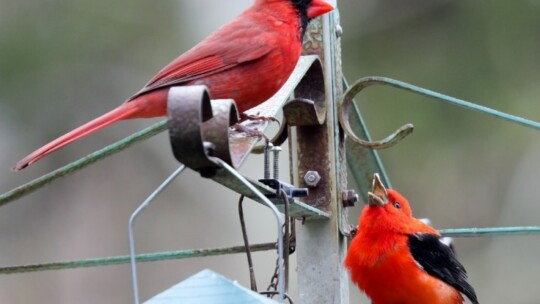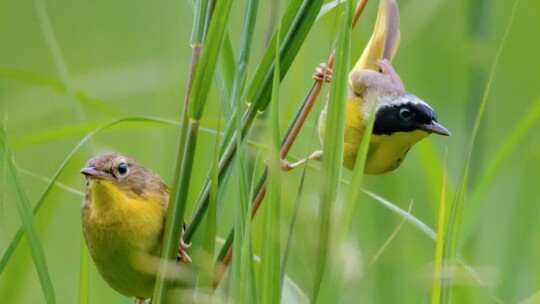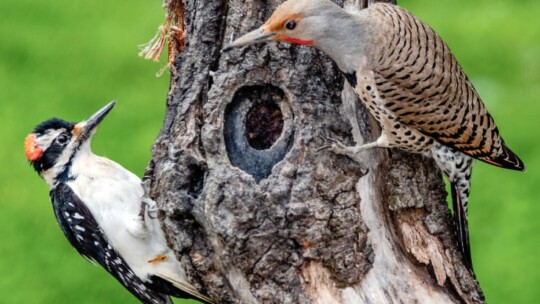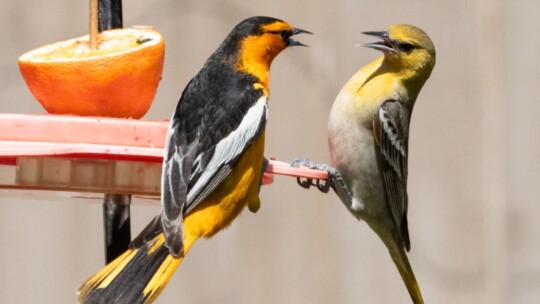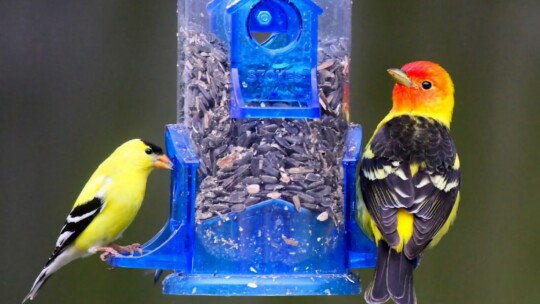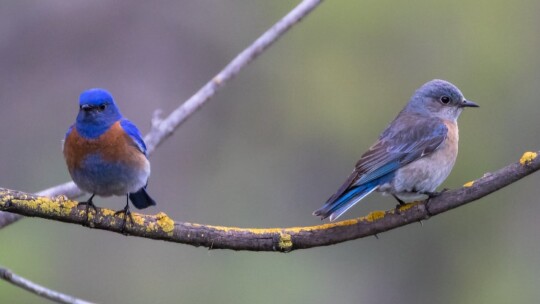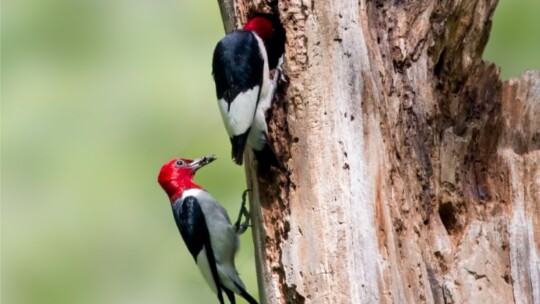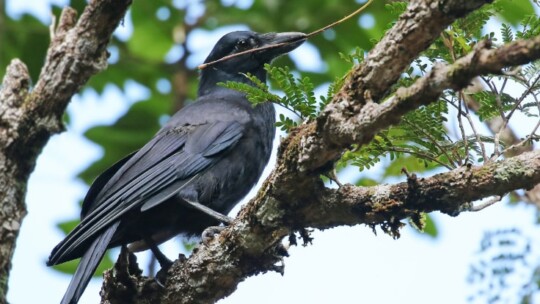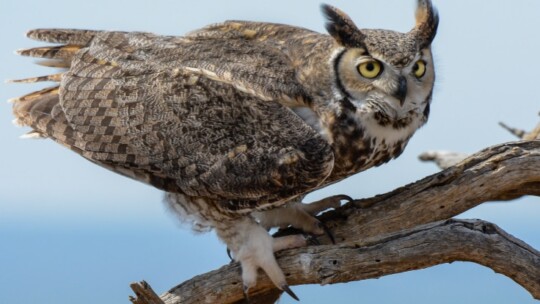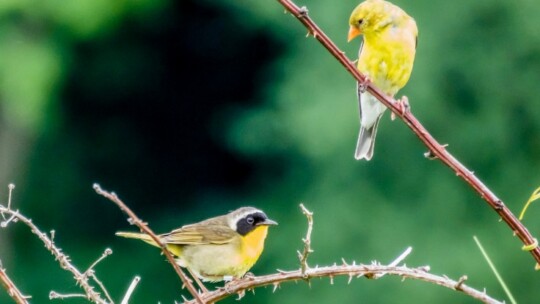Across North America, the most familiar black-and-red birds include the red-winged blackbird, red-headed woodpecker, and scarlet tanager, as well as a number of other widespread or locally occurring species. This guide explains how to identify these...
Texas hosts a wide variety of yellow birds, from common and widespread species like the eastern meadowlark, American goldfinch, and Couch’s kingbird to bright migrants such as the northern yellow warbler, as well as species in which only one...
South Dakota is home to eleven species of woodpeckers, from familiar residents like the downy, hairy, and northern flicker to striking birds such as the red-headed woodpecker. The Black Hills add a handful of western specialties, while the...
California hosts an impressive mix of orioles, from widespread breeders like Bullock’s, hooded, and Scott’s orioles brightening riparian corridors, suburban palms, and desert woodlands to rare migrants that drift west from the Great...
Across North America, the most common black-and-yellow birds include the American goldfinch, yellow-headed blackbird, and various western orioles. This guide explains how to distinguish these and other similarly colored species throughout the United...
Texas hosts an appealing variety of blue birds, from common residents like the blue jay and eastern bluebird to seasonal visitors such as the blue grosbeak, purple martin, and mountain bluebird. In the state’s far western ranges, species like...
North Dakota hosts eight species of woodpeckers, from the familiar downy and hairy woodpeckers found in towns and shelterbelts to the striking red-headed woodpecker, the increasingly encountered red-bellied, and the impressive pileated woodpecker of...
Bird intelligence has become one of the most dynamic areas of modern animal cognition research. Species such as the New Caledonian crow, gray parrot, and common raven have been central to major discoveries, from complex tool manufacture to symbolic...
The great horned owl (Bubo virginianus) is one of the most widespread and adaptable raptors in the Americas, occupying an enormous range of habitats from boreal forests to deserts and city suburbs. Its deep, resonant hoots and prominent ear tufts...
Some of the most striking yellow birds you can see in Alabama are the American goldfinch, pine warbler, and eastern meadowlark, joined in spring and summer by vibrant species like the prothonotary warbler, yellow-breasted chat, and yellow-throated...


